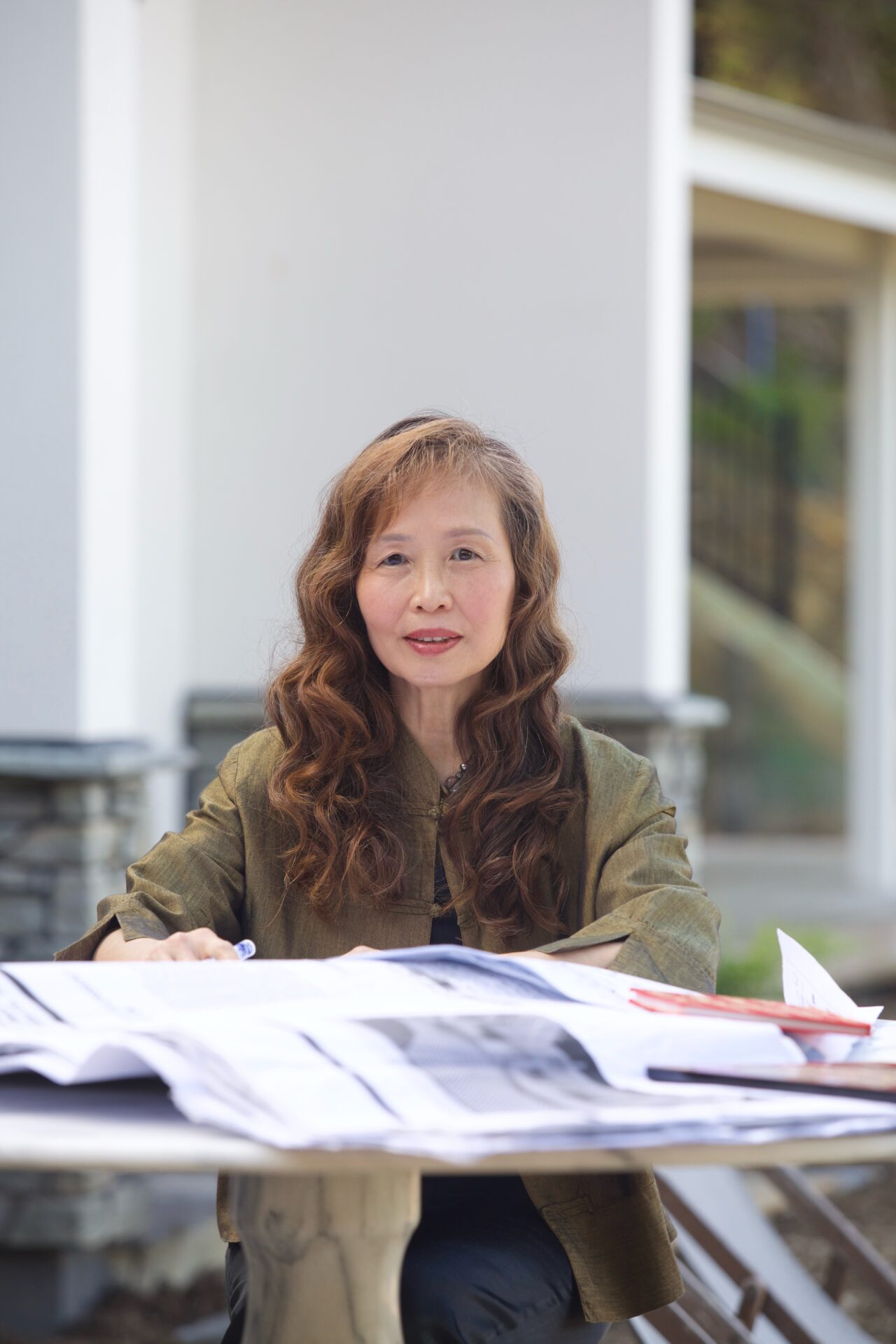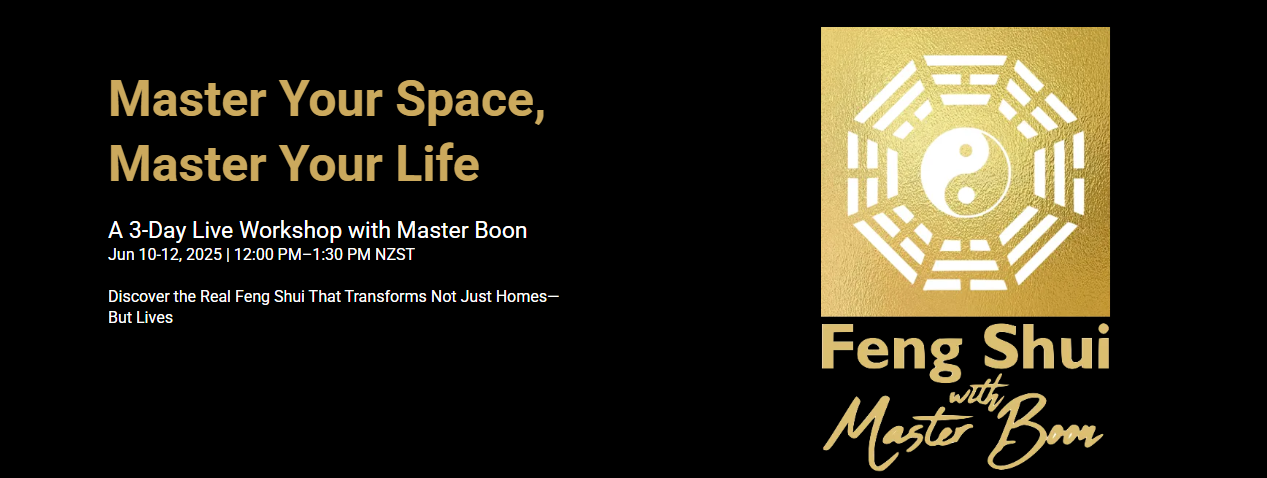Since I stepped out into my Wisdom Practice of Traditional Chinese Feng Shui, in full embrace of my legacy, I am meeting fascinating souls in the architecture and design space. To my delight, they are intrigued by the holistic worldview of conscious design.
However, I’ve noticed that the Eastern wisdom practices remain somewhat enigmatic to many. Therefore, I felt it important to provide a clearer understanding.
One architect friend recently expressed the need to incorporate the ancient wisdom practices of Sacred Geometry, Zen, and Feng Shui into design. However, they mentioned all three in the same breath, when in truth, they are distinctly different disciplines.
While architecture can indeed benefit from all three, each brings its unique advantages and perspectives. It’s crucial to recognize that they are not aspects of the same principle but separate disciplines with their own profound insights.
𝗦𝗮𝗰𝗿𝗲𝗱 𝗚𝗲𝗼𝗺𝗲𝘁𝗿𝘆 is centered around specific shapes and patterns believed to resonate with the fundamental frequencies of the universe. Its origins trace back to ancient Middle Eastern cultures, where these shapes were seen as the blueprint of the cosmos.
𝗭𝗘𝗡 𝙞𝙨 𝙩𝙝𝙚 𝙅𝙖𝙥𝙖𝙣𝙚𝙨𝙚 𝙞𝙣𝙩𝙚𝙧𝙥𝙧𝙚𝙩𝙖𝙩𝙞𝙤𝙣 𝙤𝙛 𝘾𝙝𝙖𝙣, 𝙖 𝙬𝙞𝙨𝙙𝙤𝙢 𝙥𝙧𝙖𝙘𝙩𝙞𝙘𝙚 𝙩𝙝𝙖𝙩 𝙗𝙚𝙜𝙖𝙣 𝙞𝙣 𝘾𝙝𝙞𝙣𝙖 𝙖𝙧𝙤𝙪𝙣𝙙 𝙩𝙝𝙚 6𝙩𝙝 𝙘𝙚𝙣𝙩𝙪𝙧𝙮. Chan is a blend of Daoist and Buddhist philosophies and practices. Brought to Japan by the monk Eisai, it evolved into Zen, emphasizing minimalist aesthetics and simplicity. Zen focuses on achieving harmony through simplicity and mindfulness, creating spaces that foster inner peace and clarity.
𝗙𝗲𝗻𝗴 𝗦𝗵𝘂𝗶 on the other hand, is a distinct discipline focused on the flow of energy (Qi) and how the placement of objects and the design of spaces can influence this flow. It involves complex systems and calculations to harmonize environments and enhance well-being.
While Sacred Geometry and Feng Shui both address the concept of space, they do so differently: Sacred Geometry through specific shapes and patterns, and Feng Shui through the balance and flow of energy. Chan and Zen, being a philosophical and spiritual practice, extend to involve space from a perspective of harmony and balance but do not include the detailed spatial calculations found in Feng Shui.
By understanding and appreciating these distinctions, architects and designers can more effectively integrate these ancient wisdom practices into their work, creating spaces that are not only beautiful but also harmonious and energetically balanced.
Master Boon🌈💜






